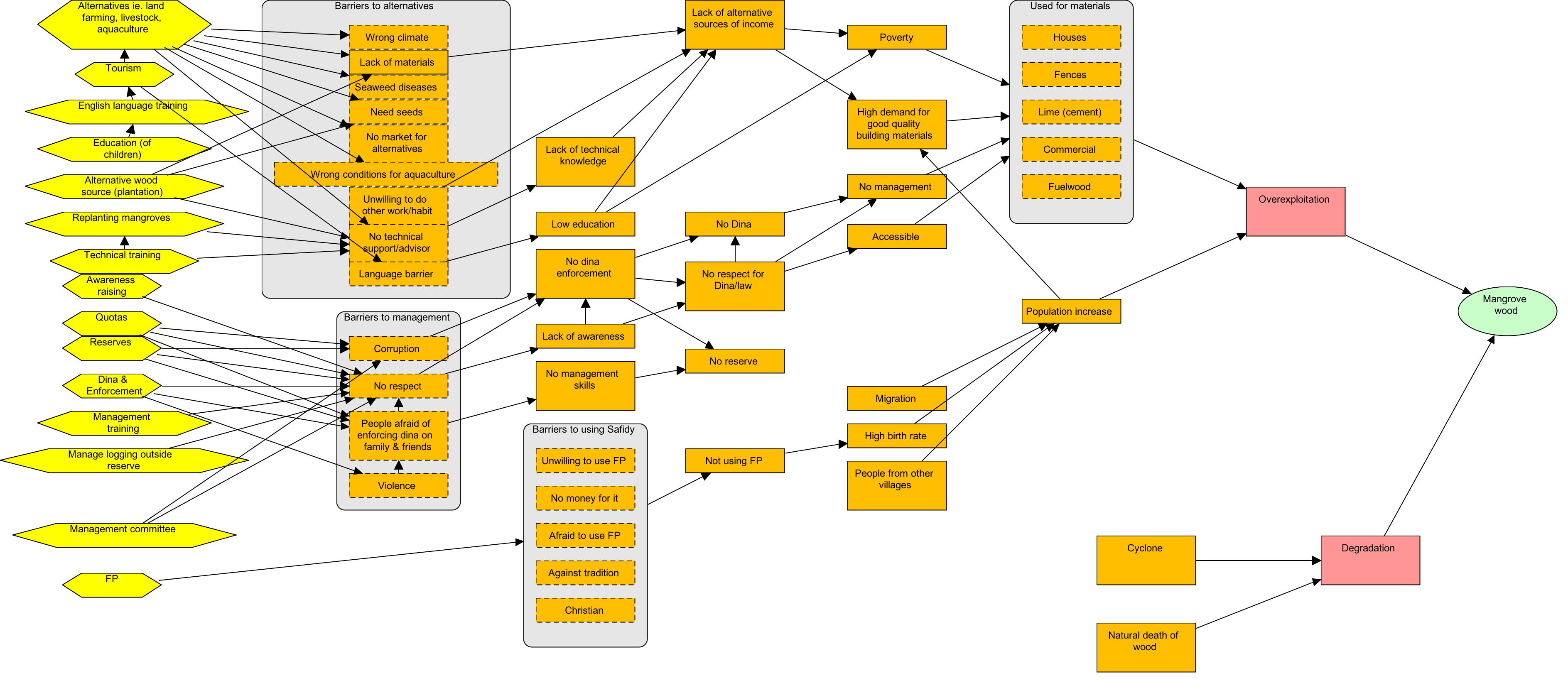Identification and implementation of adaptation options
Four criteria were used to prioritize the relevant adaptation option such as the range of benefits that the adaptation option provides, opportunities that enable its implementation, required costs for its implementation (capacity and resource needs, etc.) and risks at different level (social, ecological, economic, etc.). Identification and prioritization of adaptation options are a step by step process: - Step 1: For each VA target (ecological and social), experts in charge of vulnerability assessment have provided long list of possible adaptation options. - Step 2: this list were discussed with the MPA managers and stakeholders involved in coastal marine conservation and resource use, as well as other people working on PA issues (national and local authorities, NGOs, etc.) to prioritize those with highest potential to enhance resilience of MPA conservation targets and local people who depend on it. - Step 3: community consultations to check and validate if those prioritized adaptation options really address local needs, particularly those related to sustainable livelihoods.
Build adaptation options on the vulnerability assessment outcomes. Assess the existing ground action to ensure complementarity between the activities (which lower the cost) and to avoid a long list of adaptation. Much focus should be given to adaptation option having multi-benefits - Conducting the prioritization process through a technical workshop and village meeting
Participants should have at least a basic knowledge on climate change adaptation (CCA) to be able to better participate in the selection of right adaptation options. A sound understanding of the four criteria, their meaning, ranges and significance, by the participants before the prioritizing process is needed in order to avoid bias during the scoring exercise and to ensure they have the same level of understanding. Existing development and conservation initiatives in the area must be identified ahead to avoid redundancy of activities and to ensure complementarity with existing work that will lower the cost.
